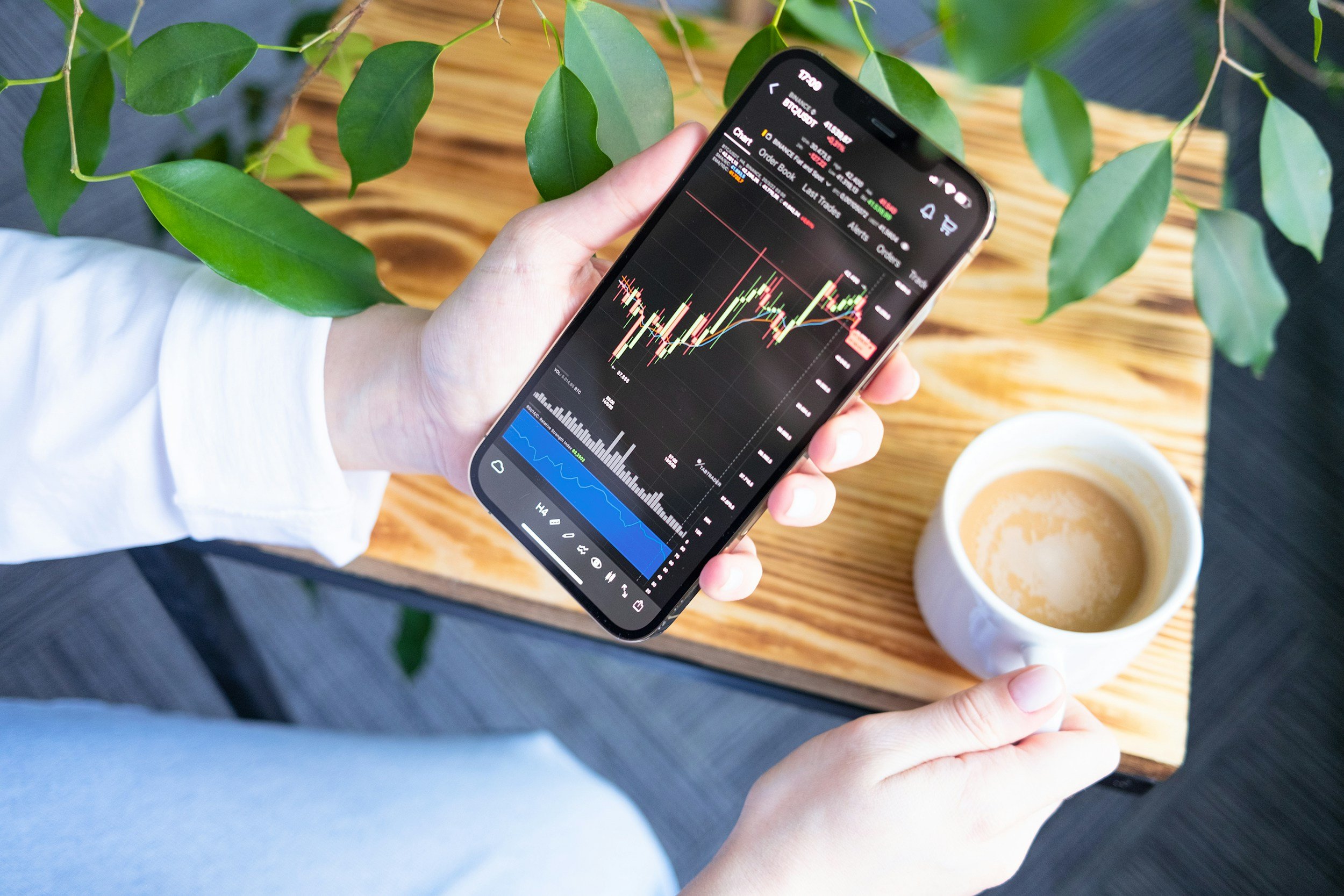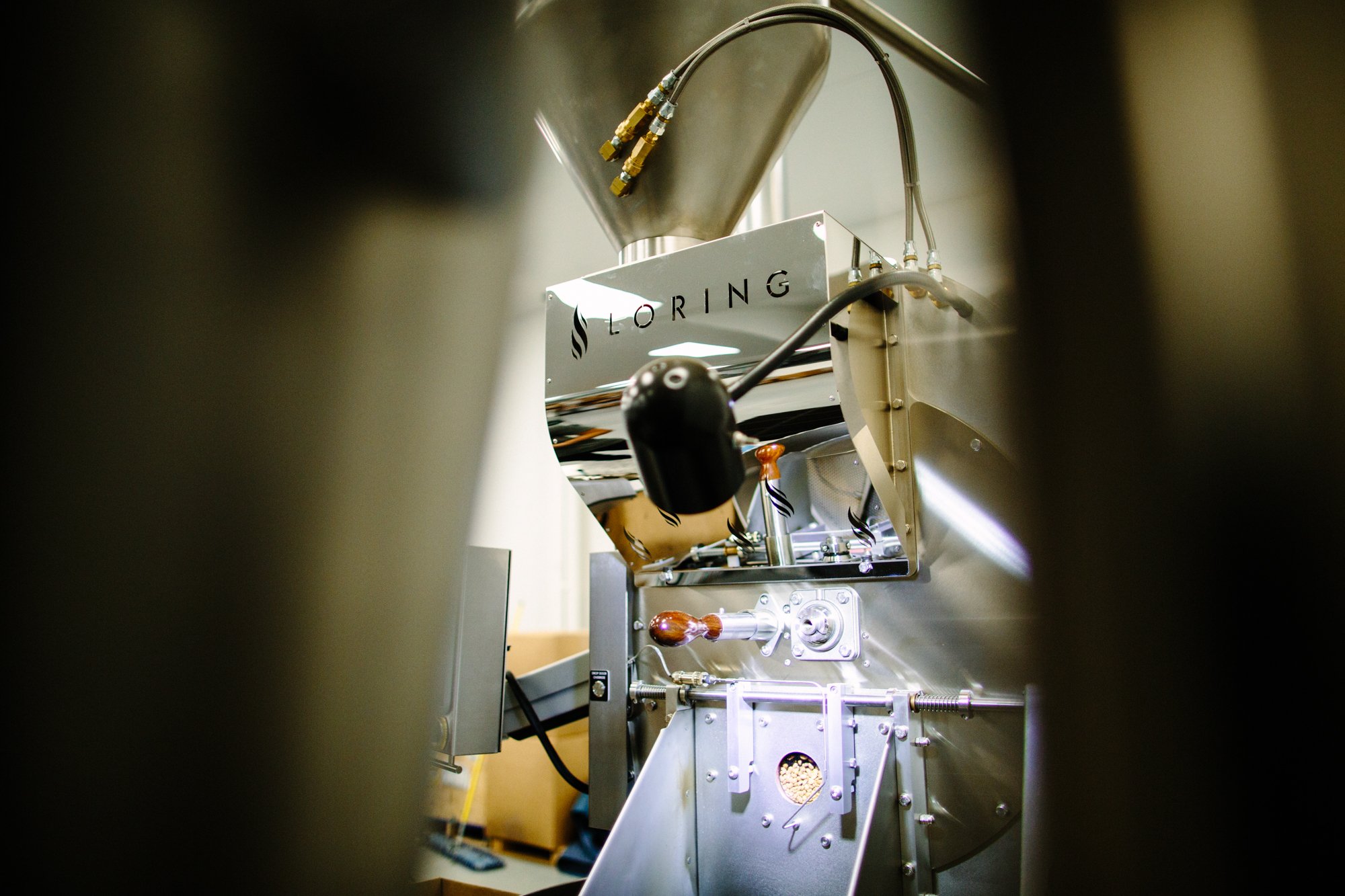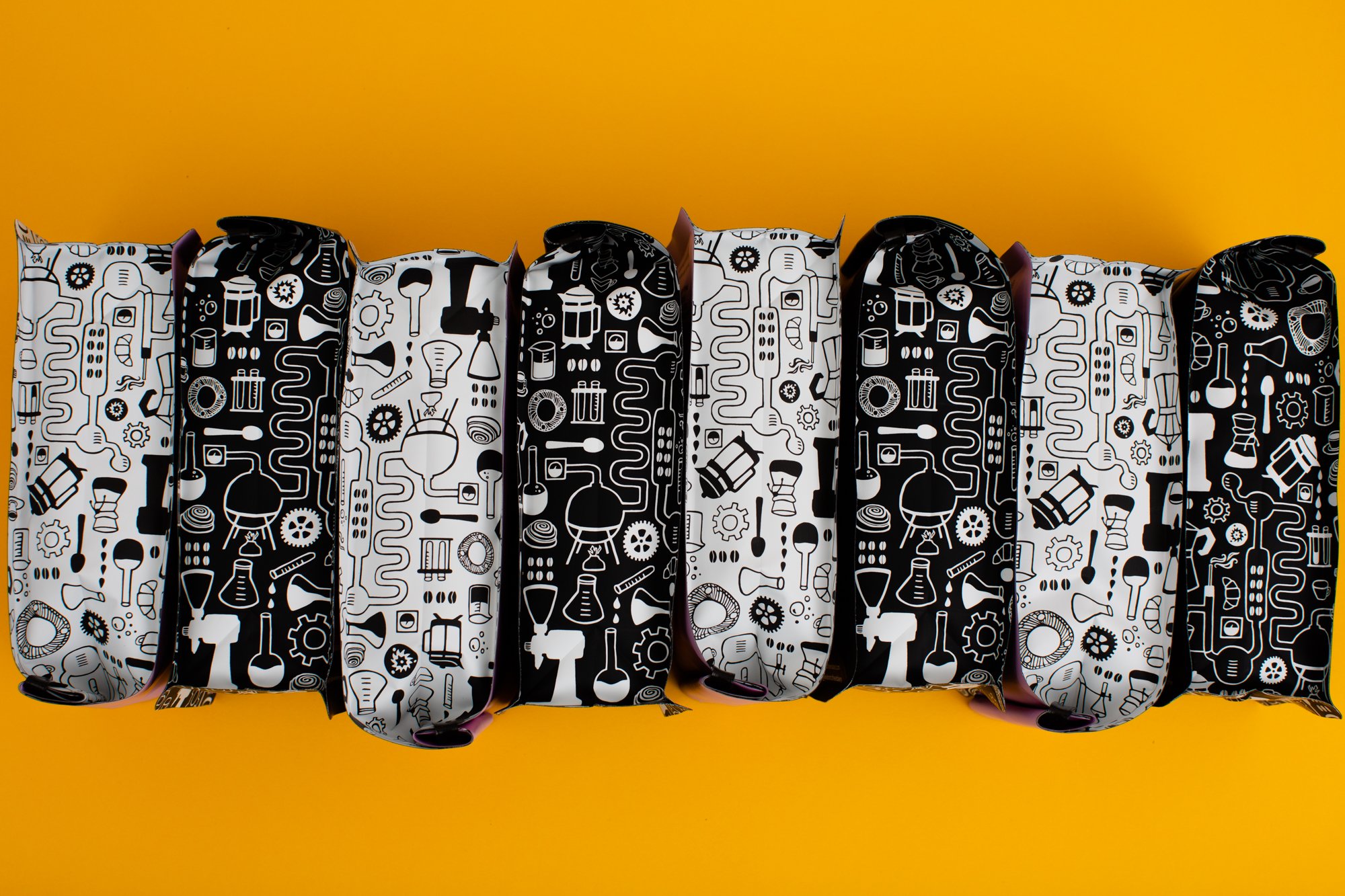

The New Burr Conundrum

Coffee Certifications

Love Your Coffee? Try This.

The New Reality of Coffee Prices

Water: Part II
Which individual coffee is best to use if you want to test out some different brew water recipes? We've got the answer for you here!

Heavily Processed Coffees

More Pourover Water Temperature Shenanigans
We recently came across the “Samo bloom” method, which is blooming your pourover with colder water (somewhere in the 140 - 175 degrees F range, or 60 - 80 degrees C) and then doing the rest of the brew at your normal, higher temperature. The claim is that for some coffees, even though it gives you a lower overall extraction (which means less sweetness and less origin character in the cup) due to a lower average brew temperature, this reduces the loss of desirable volatile organic compounds (VOCs) and gives you a more aromatic, delicious cup of coffee. Obviously, we had to try this out for ourselves.

Recent Studies on Coffee: Part 2 - Semi-Conical vs. Flat Bottom Brewers
Consumers notice a difference in flavor and have a preference between semi-conical and flat-bottomed brewers, but the difference and preference is not nearly as significant as the differences in flavor and preferences generated by different roast levels and grind sizes. However, there are some issues with this study…

Recent Studies on Coffee: Part 1 - The Secret to Perfect Espresso
There have been several new coffee studies just published that we found interesting, so we wanted to share them, and our thoughts on them. First up is “Researchers claim to have discovered the secret to perfect espresso” - a clickbait headline from The Guardian. Before we dig in to this “secret to perfect espresso,” let’s take a look at what we already knew, and what they did actually discover.
Anyone who has ever ground any coffee knows that static electricity is generated during grinding. The grounds stick to the exit chutes of grinders, they stick to grounds bins, they stick to each other. This static electricity often results in coffee grinding being a mess. A simple way to significantly cut down on that static electricity is to perform the “Ross Droplet Technique, or RDT,” which is nothing more than spritzing the beans with a little water mist before grinding them. We’ve known about this for years.
The really interesting and important discovery is that they found that performing the RDT actually significantly slows down espresso shots and results in higher extraction yields (better flavor), if you use enough water. How much water is enough?

Pourover Brew Water Temperature
Another day, another gimmicky coffee brewing technique to evaluate. This time it’s pourover brew water temperature. There is a bit of a trend right now of using cooler water for your final pour(s) when doing a pourover. So you still start with boiling, or close to it, water for your bloom and your first main pour(s), but then you drop the water temperature to finish the brew. Does this make your coffee taste better?

Coffee Varieties
Arabica? Robusta? Typica? Gesha? Pacamara? SL28? Bourbon? Random words, and a type of alcohol? Let’s dig in and explore these terms and some coffee genetics and history.

Acidity
Upon first take, “acidity” is a scary word. Why would we want a coffee that tastes like acid? The simple answer is that we don’t. We want a coffee that tastes balanced. What do we mean by balanced? A harmonious blend of sweetness, acidity, and bitterness - coffee is of course inherently bitter; even at the lightest roast levels, non-coffee drinkers would say that the coffee tastes bitter. In general, for us, we tend to try to minimize bitterness, and maximize acidity and sweetness. For more on our roasting philosophy, take a look at our recent blog post on roast profiles.

The Brew Time Myth
The number one mistake people make, whether brewing some type of pourover or espresso, even when following a good recipe, is ignoring the fact that there is no target brew time! Good recipes will give you a range of expected brew times, but it is very common to see people adjusting their grind size or pouring sequence in order to make a brew time be what they think it should be, rather than following the correct dialing in process.

New Roast Profiles!
All of our light roast single origin coffees, including our Black Label series coffees, are now being roasted very slightly lighter than we have roasted them in the past. What does this mean? This means that you can expect slightly more acidity & clarity of flavor in the cup at the expense of body, and, perhaps very slightly, sweetness. That said, we have carefully selected our light roast single origin coffees to have tremendous sweetness to begin with, so they absolutely will not just taste sour or bitter.

Battle of the V60 Filters
People always seem to love the Cafec Abacas and we've never really liked them all that much, so we thought it would be a good time to re-test. We used our bloom + two pour V60 recipe, full strength Third Wave Water, our Ethiopia Keramo Village coffee (we picked Ethiopia specifically so that more fines would be generated and differences between filters would be magnified), and a Mahlkonig Guatemala grinder. Tasting was done blind, of course…

Why Can’t We Specify Grind Sizes In Recipes?
When following a recipe in coffee, you’ll notice that they typically will always give you a specific water temperature, a specific amount of coffee to use, a specific amount of water to use, and, depending on the brew method, some other specific details like number of pours or how long to wait after your bloom pour or how many times to stir. But the grind size is generally pretty vague, like, “medium.” Why?

Battle of the V60s
We recently came across some wild claims about V60 materials. Some really big names, including some Brewer’s Cup champions, have been saying that metal V60s give more cup clarity than other material V60s. No real reason has been given for how/why this might be, at least that we have seen. We were highly skeptical of this claim (we have used plastic for years), so we bought a copper V60 and a steel V60 to do some testing.

The Practical Guide to Dialing In Pourover Coffee
Here’s all you really need to know: Pick any recipe you want (we suggest ours, of course). Brew a cup. Taste it. Then what?
This blog is filled with incredible tips and tricks to make the perfect pour over.

The Astringency Devil
Astringency is our least favorite thing to experience in coffee. What is astringency? The mouth-drying sensation that you get from eating an unripe banana or drinking green tea. It comes from mucus membranes contracting when they come in contact with tannins or tannin-like compounds.

Kona, Jamaica Blue Mountain, and Kopi Luwak
Here we are with yet another can of worms - why don’t we offer any of these famous coffees?

